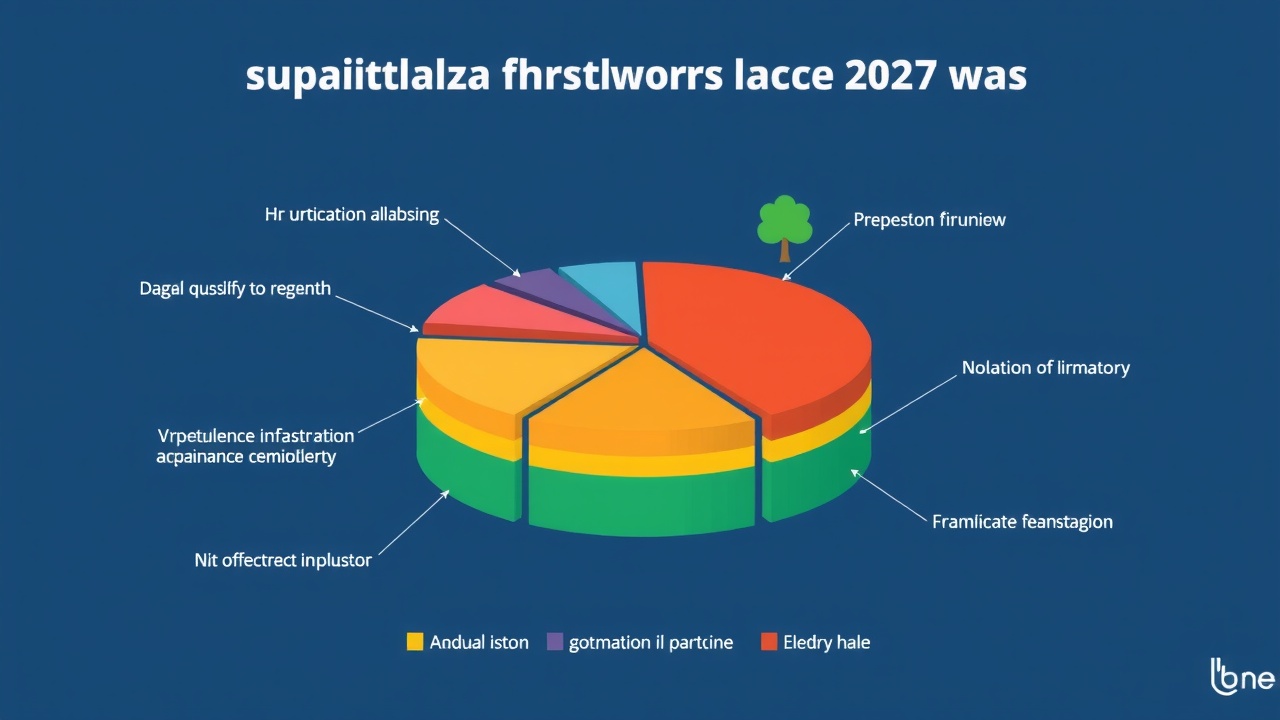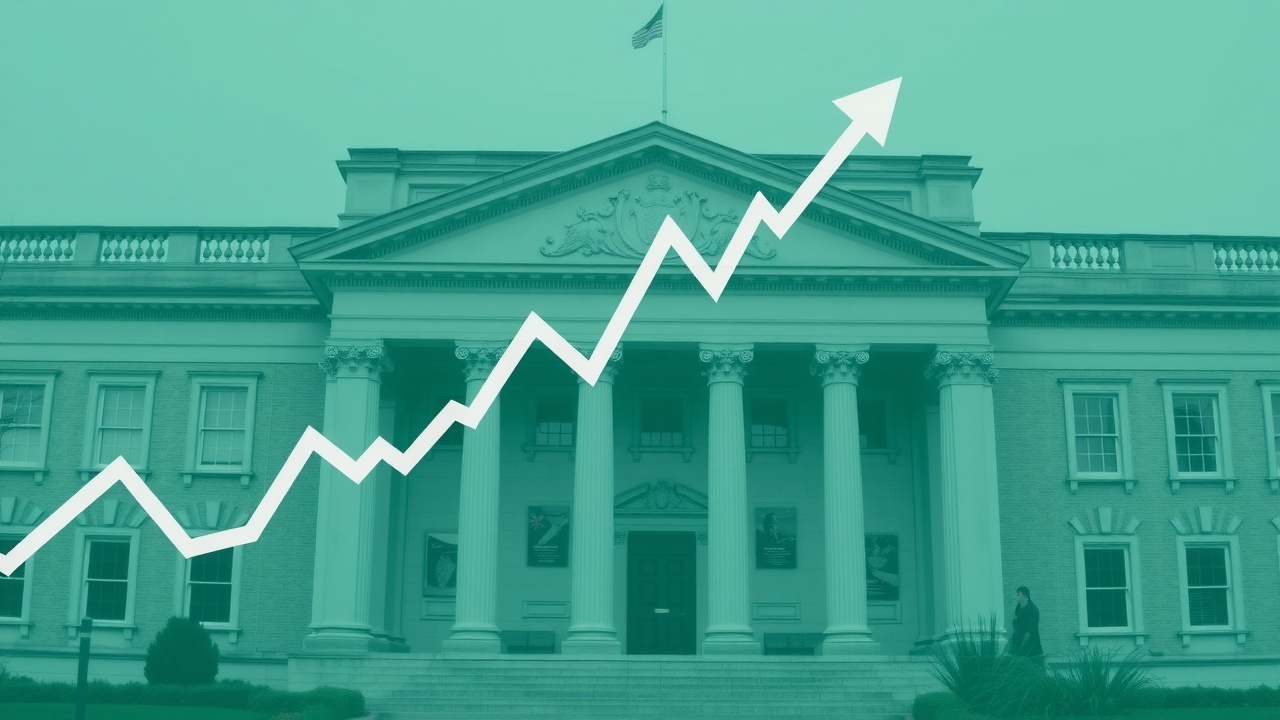
The three energy infrastructure stocks that Stacey Morris, Head of Energy Research at VettaFi, would invest in are highlighted
In the energy industry, midstream energy infrastructure in North America has been exceptional, producing robust free cash flow and giving investors their money back through increasing dividends and buybacks. Under long-term contracts, these businesseswhich transport, process, and store hydrocarbonsbenefit from fee-based revenue, which sustains steady, predictable cash flows.
In particular, midstream energy infrastructure stands to gain from the growing demand for natural gas, especially through exports of liquefied natural gas (LNG). It is anticipated that North America's capacity to export LNG will more than double by 2030. As a result of electrification and data centers, America's electricity demand is increasing for the first time in almost two decades, which is encouraging the production of natural gas-fired power.
Exposure to US and Canadian midstream companies is provided by the Alerian Midstream Energy Dividend UCITS ETF (LSE: MMLP), an exchange-traded fund. The weighting of MMLPs indicates that natural gas infrastructure accounts for about 65% of the index.
Pipeline profits for energy infrastructure.
With its Transco pipeline, the biggest natural gas pipeline in the United States, Williams Companies (NYSE: WMB) has a distinct edge over other natural gas infrastructure companies. It reaches all the way from New York City to Texas. Between the second half of 2025 and 2030, Transco plans to launch a number of exciting expansion projects.
In order to power data centers, Williams is also looking into natural gas power projects. A long-term, fixed-price power purchase agreement supports its Socrates project in Ohio, which is set to begin operations in 2026 and involves a data center owned by Meta. Williams is currently working on two comparable power projects. Williams recently increased its adjusted EBITDA prediction for this year by £50 million. The business increased its dividend by 5.3 percent earlier this year and projects adjusted EBITDA growth of 9% in 2025.
About 30% of the natural gas used every day in North America is handled by Canada's TC Energy (Toronto: TRP). Ninety percent of the company's projected 2025 EBITDA now comes from natural gas pipelines after it spun off its liquids pipeline business last year. With plenty of room for expansion, TC Energy anticipates spending between C£6 billion and C£7 billion on capital projects each year. To support power generation in the US Midwest, including for data centers, the company recently announced the Northwoods pipeline project. 2029 is when it is anticipated to go online.
TC Energy anticipates similar annual EBITDA growth between 5 and 7 percent between 2024 and 2027. The business projects comparable EBITDA of C£10,8 billion in 2025, indicating an 8% growth rate. With a 25-year track record of dividend increases, TC Energy expects dividend growth of 35% annually in the coming years.
Cheniere Energy is another company worth looking into (NYSE: LNG). For export, natural gas is liquefied. At Corpus Christi, a significant gas port, the company is increasing its export capacity, and this year it anticipates authorizing another expansion project. It is anticipated that EBITDA will increase by 9% in 2025.
In the midstream industry, Cheniere has been the undisputed leader in buyback activity, having acquired £5.5 billion worth of stock since 2022. At the end of March, Cheniere had £32.5 billion left on its repurchase authorization. Prioritizing dividend growth, the company has committed to increasing its payout by roughly 10% annually until the end of this decade.














Leave a comment on: Companies that provide energy infrastructure will boost your portfolio